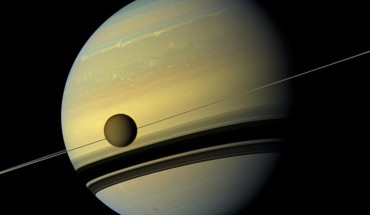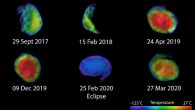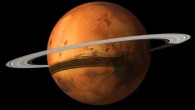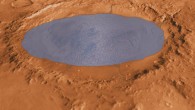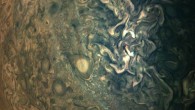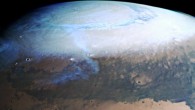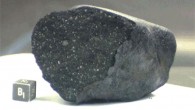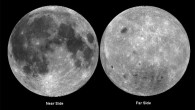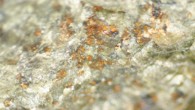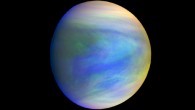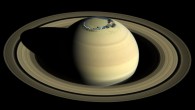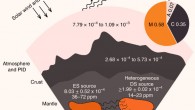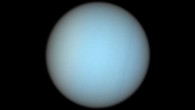Saturn is orbited by 82 moons, and tidal friction within the giant planet causes the moons to migrate outwards. In a study published this week in the journal Nature Astronomy, researchers used two independent measurements obtained with NASA’s Cassini spacecraft to measure Titan’s orbital expansion rate. They found the hazy moon drifting a hundred times faster than previously thought — about 11 cm (4 inches) per year. The result suggests...

